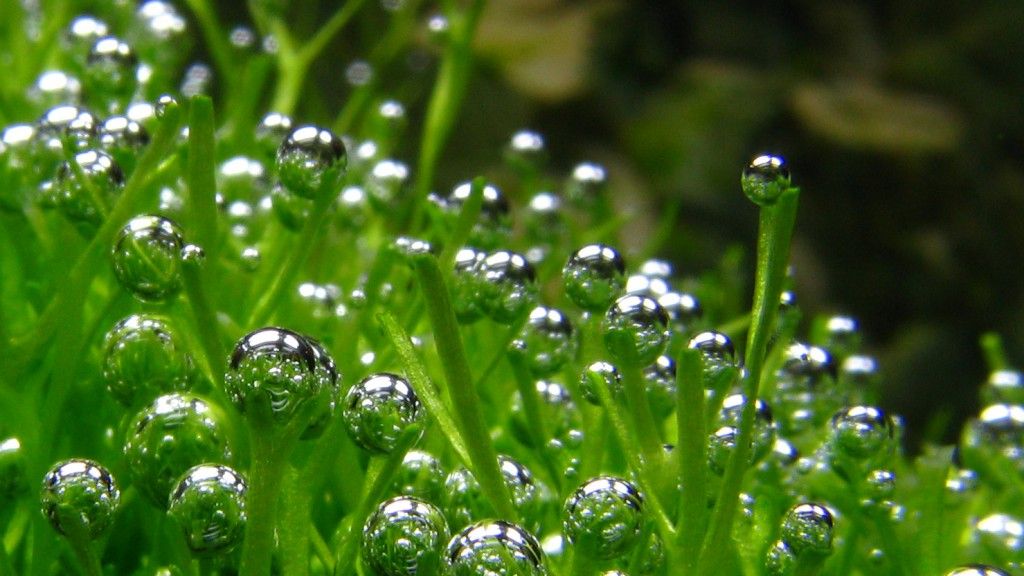The appearance of bubbles or a layer of foam floating on the top of the aquarium water is not something new. Aquarists may experience it multiple times. It causes a sense of fear and apprehension among the new hobbyists thinking that it might be dangerous for their fish. If you also wonder from where these bubbles are come and are they really harmful to the aquarium creatures, this article will give you a good insight.
There are different sources from where these bubbles may appear. While some can probe danger to the fish, some are completely harmless. Let us find out some common reasons for the formation of foam and the ways one can eliminate it.
- Agitation
Agitation of liquid can easily form bubbles that are generally temporary. If the water in the tank has shaken hardly, it will create a layer of bubbles on the upper surface. When you are filling or topping off aquarium water, the formation of some foam is usually due to hard agitation. Consider it normal. It will not cause any harm to the fish.
If you do not like the sight of foam on the surface, pour the water slowly while filling or topping off the water. Do it against one of the sides of the tank at a certain angle so that water runs down smoothly. Do not splash water forcefully into the aquarium and avoid bubble formation.
Bubbles may also form if you have spray-bar or powerheads. These pressure-generated devices agitate the water very hard that forms bubbles. But the good thing is the bubbles formed due to them dissipate quickly. They are completely harmless and are nothing to concerned about.
- Soap
Many times soap enters the water when you are cleaning the tank. The soapy water from the bucket or scrubbing pads may pour inside the tank and pollute its water. Rainbow-tinted foams form even if a small amount of soap or cleanser makes an entry into the aquarium.
Beware! This type of foam is dangerous to the fish, and they are likely to die. Make sure you move the fish immediately to another tank or inside a clean water bucket. Later, drain out the soap-tinted aquarium water and rinse everything thoroughly to remove every bit of soap.
Refill the tank with dechlorinated water and maintain the water physiology the same as it was before. You may need to change the filter media and pads as well, which have collected the soap residues. Lastly, ensure that you do not use your tank tools for any other purpose. Aquarium buckets and other sets of cleaning tools should strictly be used for the aquarium to reduce the chance of water contamination.
- Protein
If you see foam and to your horror it is smelly, the reason of formation could be protein-based wastes. Such wastes coat small air bubbles and cause them to stick together, forming smelling foam over the surface. Although such a condition is more prevalent in saltwater aquariums, it can be seen occasionally in freshwater aquariums as well. If a dead fish is hiding behind the rocks or between the plants, you may see smelly foam on the water surface. The fish corpse is a rich source of protein and can easily cause protein foam.
Make sure you count your fish daily and ensure none are missing. Likewise, decaying plants are also a rich source of protein waste. Therefore, trim off the dead leaves and remove them from the tank. While saltwater aquariums can resolve the issue by using protein skimmers that removes the excess protein, it is not effective in freshwater tanks.
The presence of protein foam means your tank needs immediate and thorough cleaning. Use a gravel vacuum to eradicate any debris. At the same time, make sure your filter is clean and working correctly. Protein foams will not occur if you change the aquarium water regularly, maintain the filter, and clean out the gravel.
- Bubble nest Foam
There are certain male species of fish that produce bubble nest like Labyrinth fish such as Betta or Gourami. They form patches of sticky bubbles that form a foamy mat over the surface. It looks more like a bubble nest. The formation of the bubble nest is a mating display that is done to attract females.
There is nothing to worry about if you see a bubble nest in your aquarium. In fact, it is a sign that your fish are happy and healthy. Since your male labyrinth fish have no idea whether you have bought a female or not, they keep on producing the nest with the luck of mating. It is advised not to disturb such nests as it may cause stress to its dedicated builder.
Final Words
So, these are some of the common and known reasons for bubble formation. While the bubbles formed due to agitation and labyrinth fish are completely harmless, those created due to protein-based waste and soap are very harmful. They are ominous and can cause fish to die gradually.
The best ways to keep harmful bubbles at bay are regularly cleaning your tank and removing the gravel immediately. At the same time, keep your cleaning accessories and tools away from the tank’s water to avoid the invasion of soap or cleanser inside the tank.
Please fill in the form get updates on new articles.



What are the bubbles that come out of the leaves of plants, this phenomenon starts only when I turn on my CO2 system. Is it natural?
And why only when I turn on CO2.
Its a process through which plants respire. Co2 as intake and O2 via outlets